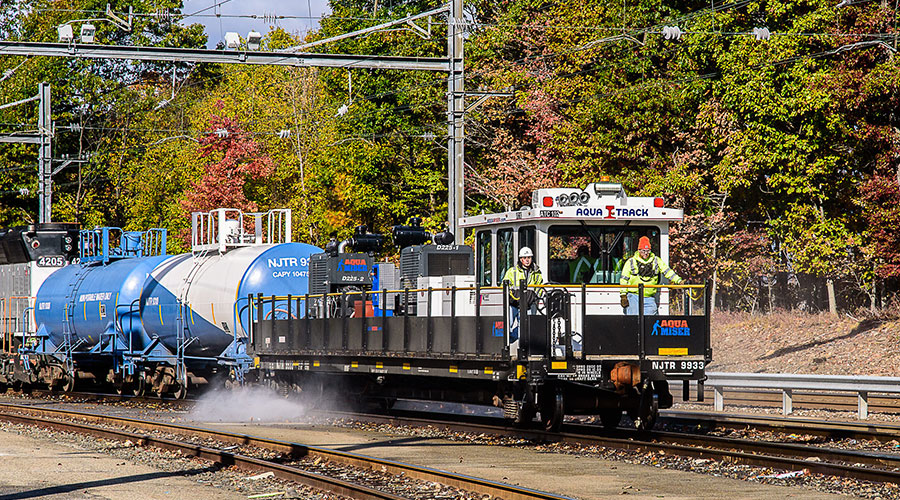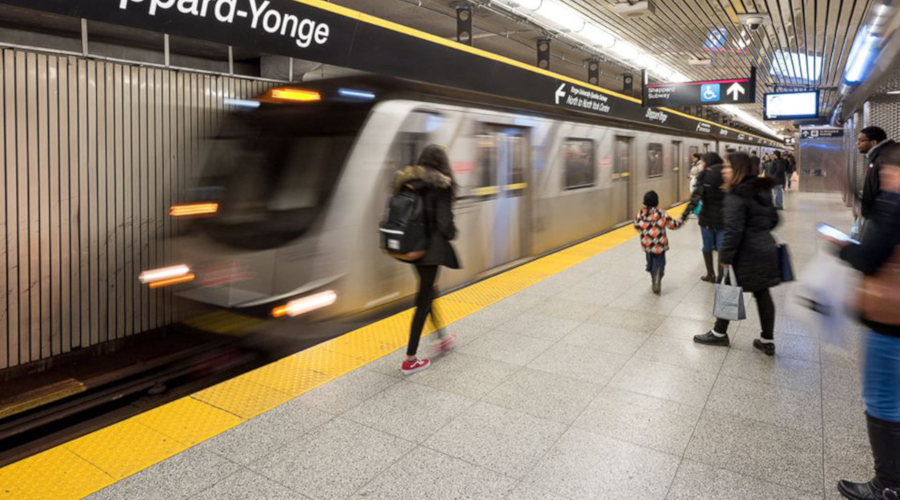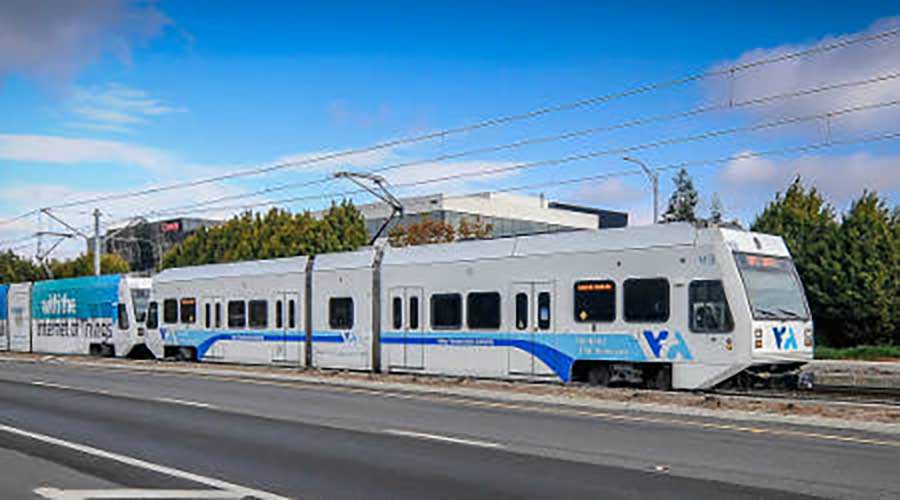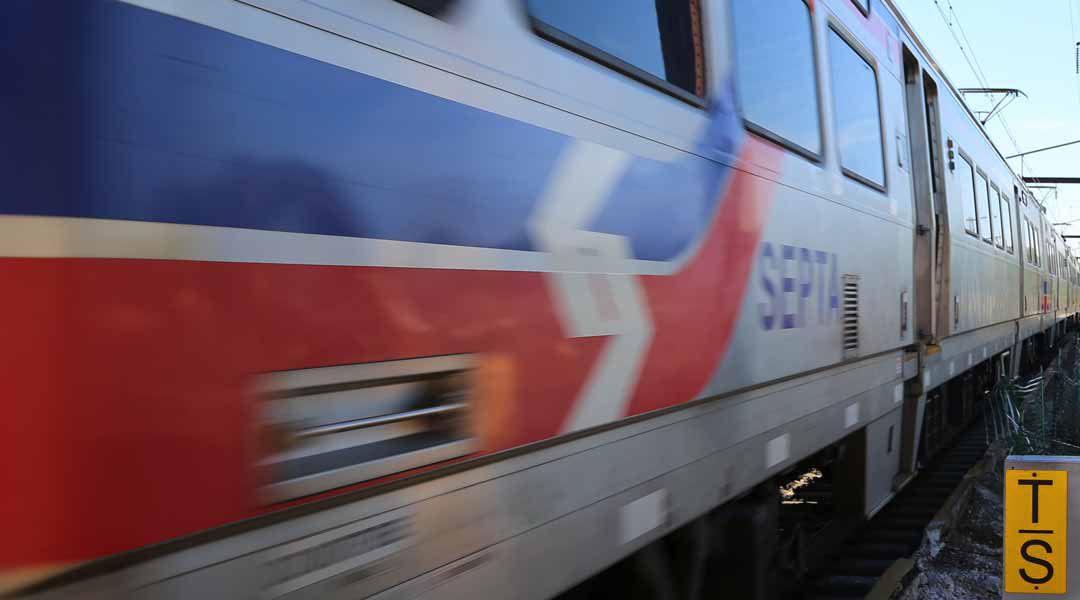Stay updated on news, articles and information for the rail industry
 railPrime
railPrime
10/15/2021
Rail News: Maintenance Of Way
NJ Transit rolls out AquaTrack unit for fall cleanup

New Jersey Transit has begun using two AquaTrack machines to clean and remove leaves from the rails throughout the fall season.
The AquaTrack equipment is a high-pressure power washing system that removes the oily residue left by fallen leaves. Cleaning the tracks helps prevent train delays caused by slippery rail conditions, NJ Transit officials said in a press release.
The AquaTrack system, which the agency has used since October 2003, consists of two 250-horsepower diesel-engine units mounted on a flat car with an operator control cab. Two pressure-pump units dispense water up to 20,000 pounds-per-square-inch directly to the top of the rail. The process uses 17 gallons of water per minute.
The original AquaTrack operated primarily on the M&E and Montclair-Boonton lines, which face challenges including the hilly areas around Glen Ridge and Summit stations, washing the rails twice a day Monday through Friday—once overnight and again during midday hours. On weekends, the Pascack Valley and Main/Bergen County lines are usually covered.
In 2016, NJ Transit unveiled its second AquaTrack unit, which allows the cleaning process to maintain a larger coverage area.
Fallen leaves left on rail track can cause “slippery rail,” a challenge facing all railroads in the Northeast, where deciduous trees are prevalent. The decaying leaves create an oily residue that coats the rails and causes poor traction. The decreased train speeds, in turn, create delays.
To view Aquatrack in action, click here.
Contact Progressive Railroading editorial staff.


 2025 MOW Spending Report: Passenger-rail programs
2025 MOW Spending Report: Passenger-rail programs
 Gardner steps down as Amtrak CEO
Gardner steps down as Amtrak CEO
 Guest comment: Oliver Wyman’s David Hunt
Guest comment: Oliver Wyman’s David Hunt
 Women of Influence in Rail eBook
Women of Influence in Rail eBook








